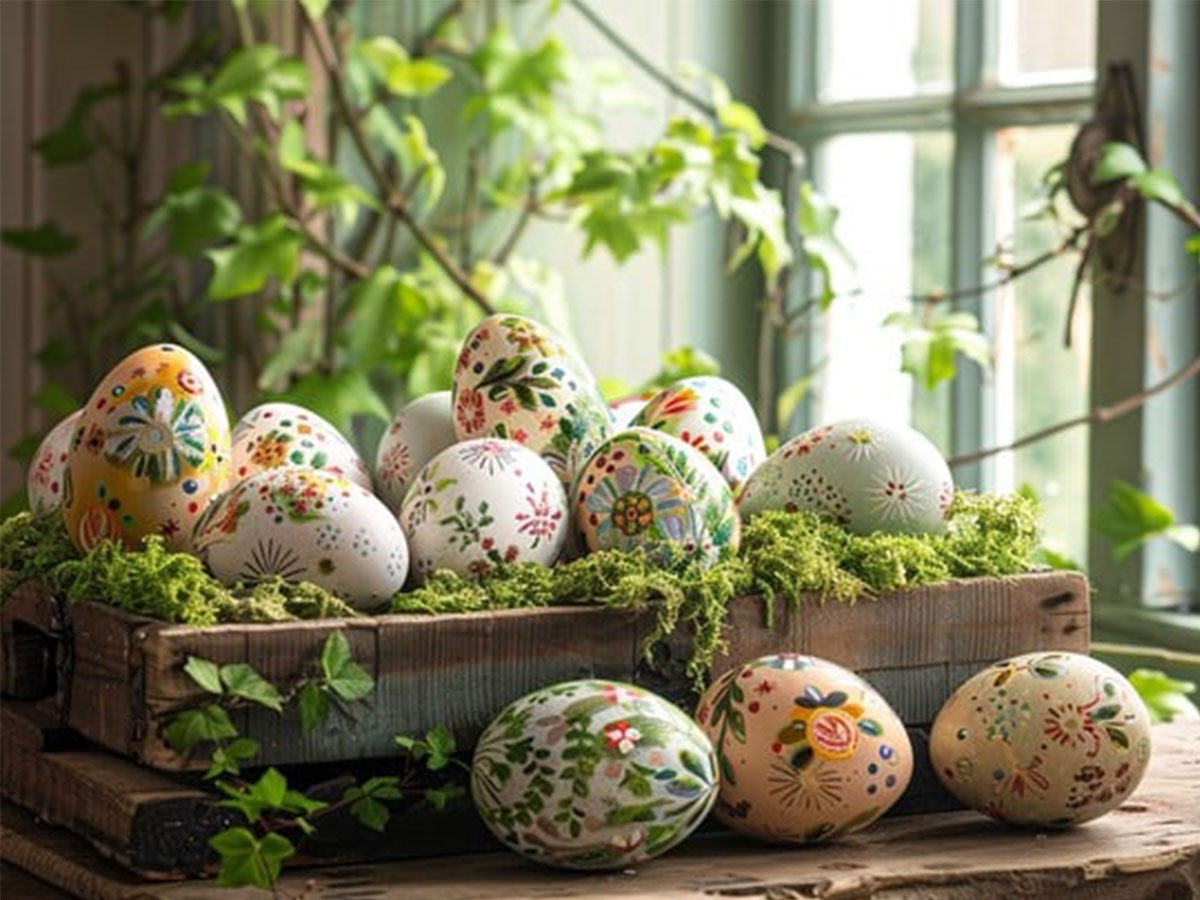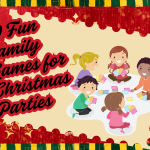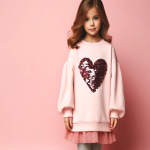Among the most often observed religious and cultural holidays worldwide is Easter. It represents rebirth, hope, and fresh starts as Jesus Christ rises. Despite Christian roots, Easter now appears as a bright holiday full of custom celebrations, meal-sharing events, and distinctive traditions in numerous countries worldwide. Easter cultural practices in the United States reflect how Spanish culture manifests through elaborate processions, while egg hunts show the diverse customs of the world today. Knowing how Easter is observed around the globe increases our cultural awareness and gives fresh ideas for our family festivities. PatPat has a great selection of matching outfits for Easters who want to celebrate Easter in fashion, which is ideal for creating treasured memories.
This blog will look at the fantastic Easter rituals worldwide and suggest including these other festivities in your home. There is something here for everyone, whether your Easter table needs a cheeky Australian custom or a European flair.
United States – Easter Egg Hunts and the Easter Bunny

In American terms, Easter is connected with the Easter Bunny and vibrant egg hunts. German immigrants in the 1700s brought the idea of an “Osterhase” (Easter hare), who would lay eggs for children, hence starting the custom of the Easter Bunny. Children today look forward to Easter morning when they search their backyards or at community gatherings for hidden eggs loaded with chocolates and candy.
Held on the South Lawn of the White House, the White House Easter Egg Roll is among the most well-known Easter celebrations in the United States having commenced in 1878. With wooden spoons, a custom that represents the rolling away of the stone from Jesus’ tomb, thousands of youngsters roll eggs across the lawn.
During Easter, American households often organize specialty meal events that combine glazed ham with roasted lamb, deviled eggs, and carrot cake for dessert. Pastel decor that combines floral items and rabbits creates a bright atmosphere.
United Kingdom – Hot Cross Buns and Easter Parades

Easter celebrations in the United Kingdom are very ingrained in custom. Making and distributing hot cross buns, sweet spiced buns distinguished with a cross to represent the crucifixion of Christ, is one of the most common customs. Eating hot cross buns is a beloved feature of British Easter cuisine, originating in the 12th century.
In the UK, Easter parades are also well-liked when participants display ornate Easter bonnets and dress in their best springtime clothes. One of the biggest, the London Easter Parade boasts floats, bands, and performers.
Egg rolling is another beloved British custom whereby decorated hard-boiled eggs are rolled down hills to observe whose egg travels the greatest without breaking. This lighthearted exercise represents the stone’s sliding away from Christ’s tomb.
Italy – Passion Plays and Lavish Feasts
As the center of Catholicism, Italy honors Easter with great religious enthusiasm and elaborate events. Attracting thousands of people from around, the Pope conducts the Easter Mass at the Vatican at St. Peter’s Square.
Reenactment of the crucifixion and resurrection of Jesus, the “Passion Play,” is among the most spectacular Italian Easter customs. Many towns and cities have these productions, and performers wear elaborate costumes.
Families in Italy mark Easter Sunday with a feast of lamb, artichokes, and “Colomba di Pasqua,” a sweet bread fashioned like a dove covered with almonds and sugar. Additionally traded are traditional Italian chocolate eggs, sometimes featuring little surprises within.
Spain – Semana Santa (Holy Week) Processions

Among the most serious and strikingly beautiful Easter customs in the world are those from Spain. Observed with elaborate processions as penitents in hooded gowns carry religious floats across the streets is Semana Santa, or Holy Week. The sound of drums and sad music complements the processions to produce a strong sense of respect and introspection.
Seville is especially well-known for its Semana Santa celebrations when processions can span several hours and attract sizable numbers of people. Carried by groups of men known as “costaleros,” the floats—”pasos—are ornamented with religious sculptures and flowers.
Families assembling for a feast with seafood, lamb, and sweet pastries on Easter Sunday change the atmosphere to delight and celebration.
Germany – Easter Fires and Egg Trees

Germany is credited with bringing the Easter Bunny and egg-decorating custom front stage. The “Osterfeuer,” or Easter Fire, is one of the unique German Easter celebrations in which big bonfires are set ablaze on Easter Saturday to represent the driving away of winter and the welcome of spring.
German families also design “Ostereierbaum,” or Easter Egg Trees, adorning branches with vibrant eggs, ribbons, and little ornaments. This ritual stands for fresh vitality and the approaching of spring.
People can find two traditional Easter foods in Germany: marzipan, chocolate eggs, and lamb-shaped desserts. Germany dedicates Easter Monday to public rest every year, and people use this day off for family relaxation.
France – Chocolate Bells and Giant Omelets

Easter Traditions in France center on food and religious practices. French youngsters believe fluttering church bells bring Easter eggs, not an Easter Bunny. Traditionally, church bells are quieted from Good Friday through Easter Sunday to honor Christ’s death’s bereavement time. The bells “drop” chocolate eggs and sweets for youngsters to locate when they ring once more on Easter morning.
A distinctive Easter custom in the village of Bessières is preparing a massive omelet with more than 15,000 eggs. This custom originated during Napoleonic times when Napoleon and his soldiers ate a large omelet.
Roast lamb, spring greens, and “pâté de Pâques”—a meat pie stuffed with eggs—are common for French Easter feasts.
Australia – The Easter Bilby and Beach Celebrations

Native marsupial Easter Bilby has supplanted the Easter Bunny in Australia. Introduced as an Easter emblem to draw attention to the danger of extinction this threatened species faces, the bilby is Sales of chocolate bilbies replace chocolate bunnies, and earnings support bilby conservation initiatives.
Many Australians celebrate Easter with picnics and barbecues in parks or the beach as Easter falls during autumn. Children looking for hidden eggs in outdoor environments find egg hunts also popular.
Australian Easter dishes can call for fish, lamb, and Pavlova—a meringue-based treat topped with fresh fruit.
Mexico – Passion Plays and Religious Festivals

Easter is honored in Mexico combining indigenous and Catholic customs. Extensive religious celebrations, parades, and passion plays reenacting the crucifixion and resurrection of Christ abound in Semana Santa, Holy Week.
Taxco hosts one of the most spectacular festivals, where participants walk barefoot over the streets with substantial wooden crosses as a penance. Easter Sunday is a family gathering time for a joyful dinner of tamales, bacalao (salted cod), and capirotada (a bread pudding with cheese and honey).
Greece – Midnight Mass and Red Eggs

Easter is the most important religious event observed in Greece annually. Celebrations start with midnight Mass on Holy Saturday when the church remains black until the priest declares “Christos Anesti,” or Christ is raised. The congregation lights candles to represent Christ’s light.
Red eggs are a key emblem of Greek Easter for Christ’s blood and fresh life. To find whose egg stays uncracked, families play a lighthearted egg-cracking game known as “tsougrisma.”
The Easter feast calls for roast lamb, “magiritsa,” a soup derived from lamb offal, and sweet bread known as “tsoureki.”
Poland – Śmigus-Dyngus (Wet Monday)

The religious observances in Poland unite with merry customs to celebrate Easter. Wet Monday, or “Śmigus-Dyngus,” is one of the country’s most peculiar traditions. During Easter Monday, people participate in water-based games, using buckets, cannons, and garden hoses to soak each other. The custom functions as a symbol for welcoming spring while a person performs sin-confession.
On Easter Sunday Polish families meet for traditional dining that includes boiled eggs with ham at the center along with sour rye soup and sweet yeasted cake kașka (“żurek”) and “babka.”. Traditionally, ornamentation and egg-cracking activities involve applying traditional wax-resist coloring techniques to eggs.
Philippines – Crucifixion Reenactments and Salubong
Easter is observed in the Philippines in a great mix of Catholic faith and regional customs. Religious processions, theatrical reenactments of Christ’s Passion, and austere ceremonies define Holy Week, sometimes known as “Semana Santa.” San Fernando, Pampanga hosts live crucifixion reenactments among one of the most fervent customs. Believing it provides spiritual cleansing and blessings, devotees freely suffer flagellation and even nailing to the cross as acts of penance and dedication.
Celebrated on Easter Sunday, Filipinos honor “Salubong,” a dawn ceremony marking the encounter of the rising Christ and the Virgin Mary. Two separate processions carrying statues of Jesus and Mary intersect at a set point, where a small child, costumed as an angel, lifts the veil of grief from Mary’s statue to represent the delight of the resurrection.
Afterward, families get together for a celebratory dinner with typical Filipino foods that signify longevity and wealth: lechon (roast pig), bibingka (rice cake), and pancit (noodles). Easter egg hunts—combining Western elements with Filipino customs—have also gained popularity recently.
Conclusion
Various traditions surrounding Easter exist as an interweaving blend of religious devotion combined with many cultural backgrounds alongside the great joy experienced by participants. People from across the United States and Spain unite with family members during Easter to enjoy shared hopes through their celebrations of new beginnings. Every Easter celebration becomes more remarkable through unique personal customs, meaningful rituals, and festive traditional wear. PatPat offers a variety of Easter outfits for kids and families, including Easter pajamas, to elevate your holiday celebration while creating lasting memories.

















Leave a Reply